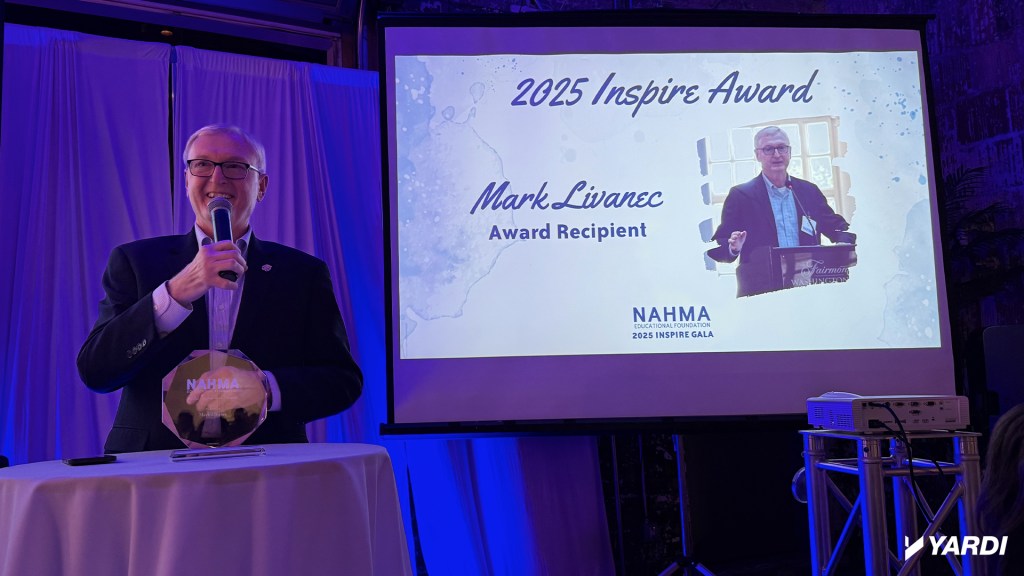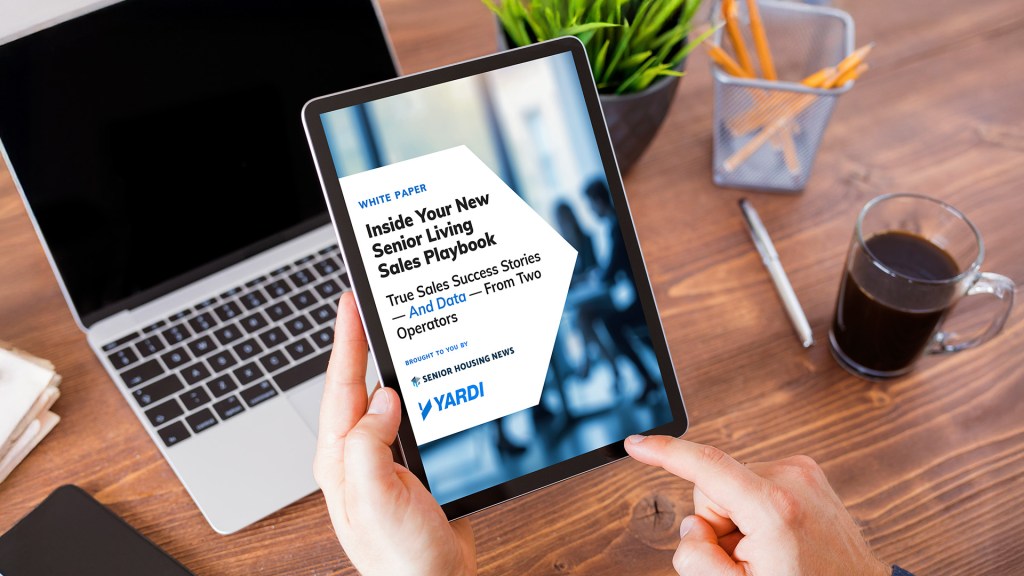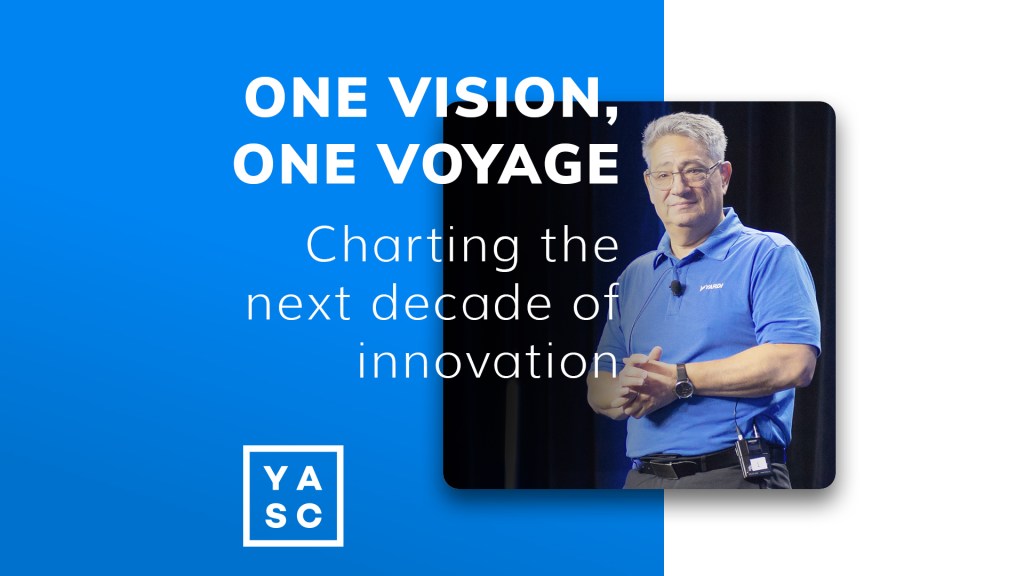By Adina Rogoz on August 28, 2020 in Technology
Smart glass technology allows for the control of light by switching from clear to shaded or completely opaque, depending on how strong the incoming light is and how dark you want to make the room. In other words, it alters the amount of light transmitted through typically transparent materials. The same technology found in smart glasses can be integrated into windows, partitions or other transparent surfaces and can be used in multiple sectors such as architecture, interior design, auto, offices, retail windows and consumer electronics.
auto, offices, retail windows and consumer electronics.
A smart glass, also called light control glass, switchable glass or privacy glass, can be of two types: active, when changeability requires an electrical charge, and passive, when it doesn’t require that. There are a few types of active switchable glass technologies and common applications:
- Polymer Dispersed Liquid Crystal glass (PDLC)—seen in privacy partitions in various industries
- Suspended Particle Device glass (SPD)—windows that tint to shade
- Electrochromic Device glass (ECD)—coated windows that slowly tint for shading
Passive smart glass technologies include:
- Photochromic glass—eyeglasses with coatings that automatically tint in sunlight
- Thermochromic glass—coated windows that change in response to temperature
How Does it Work?
Smart glass managed through electricity allows users to control various forms of light by switching from opaque to transparent, allowing for dynamic light control. PDLC is most commonly used for indoor applications. The technology can be optimized to maintain its properties outdoors as well.
The technology behind this type of active smart glass contains liquid crystals, a material that shares characteristics of both liquid and solid compounds, which are dispersed into a polymer. PDLC switches glass from dimmable degrees of opaque to clear in milliseconds. If you want privacy, projection and whiteboard use, PDLC is ideal when it’s opaque. The film limits visible light, but doesn’t reflect heat. Outdoor Grade Solar PDLC can cool the interior temperature by deflecting infrared rays but doesn’t shade windows. It can also become a projection screen or a transparent window instantly.
Compared with PDLC, SPD’s don’t turn fully opaque, therefore they are not suitable for projection or for privacy. SPD is comprised of solid particles that are suspended in liquid and coated between two layers of PET-ITO, creating the film which shades and cools interiors by blocking up to 99 percent of natural or artificial light, all within seconds of shifting voltage. This technology is more suitable for exterior, sky or water facing windows.
The technology behind ECD is different from that in SPD and PDLC due to both its opacity capabilities and transition time. ECD drives ionized particles from the transparent part of the glass to the opaque one by using two electrodes to drive the ionized particles. Once moved, there is no need for electricity for them to stay at the current state.
Another benefit of smart glass is the cost reduction that comes from using less air conditioning. With 99 percent of UV light blocked, temperatures are effectively reduced inside.
COVID-19 Protection
Using smart glass technology in offices can also help prevent the spread of COVID-19. Viruses which can survive on traditional curtains and window coverings despite disinfecting procedures. Through the use of PDLC technology, you can have a private conference in seconds via remote automation or voice command, decreasing the risk of infection with the virus. This glass can be cleaned with alcohol just like regular glass and it can be done multiple times per day. Antimicrobial coatings are also available for glass surfaces.


